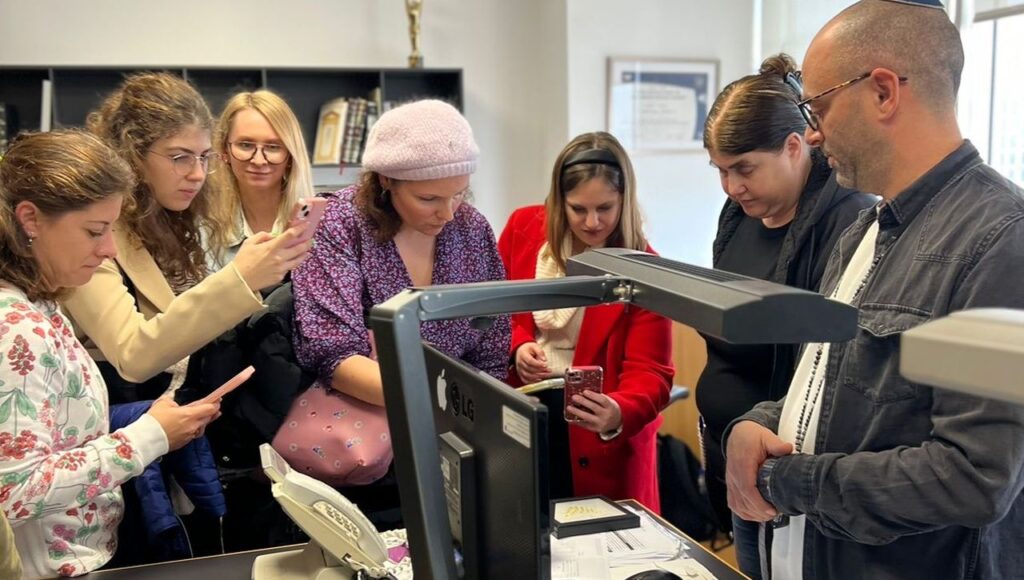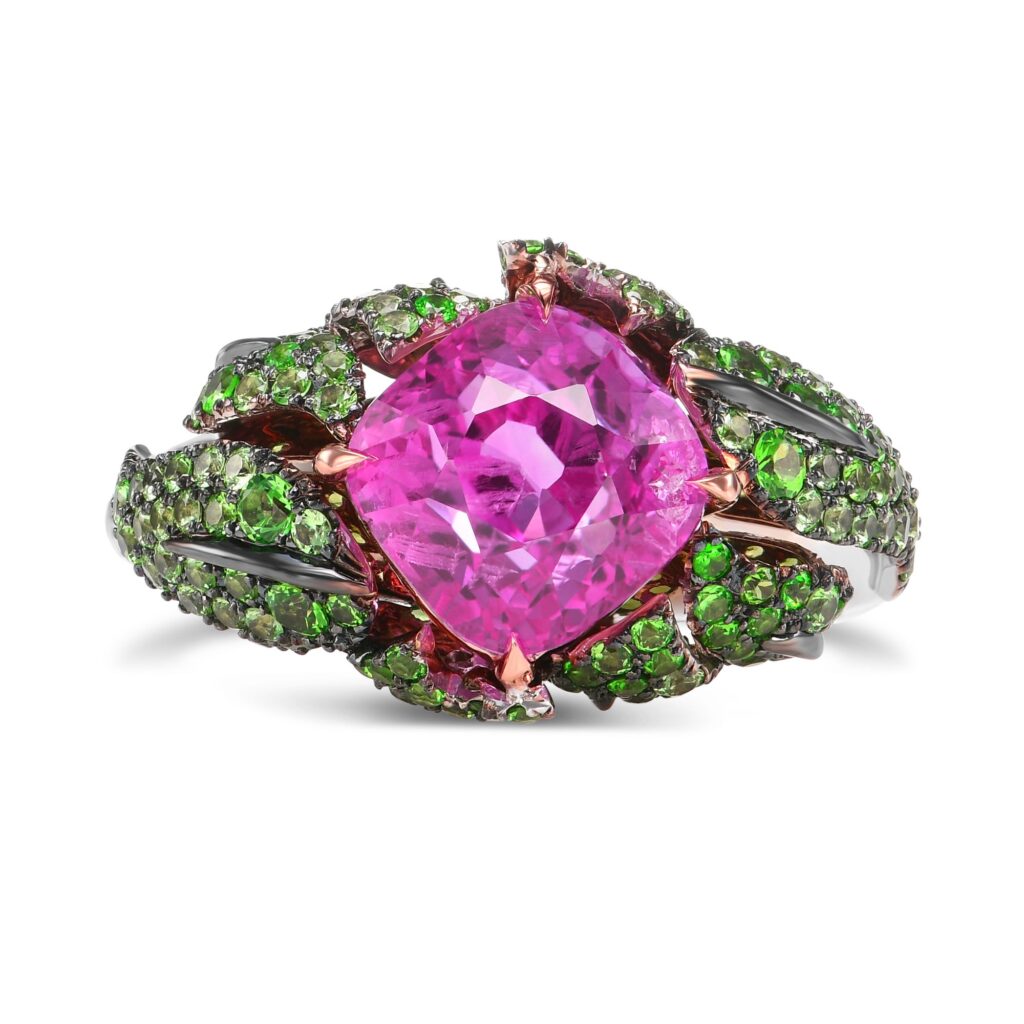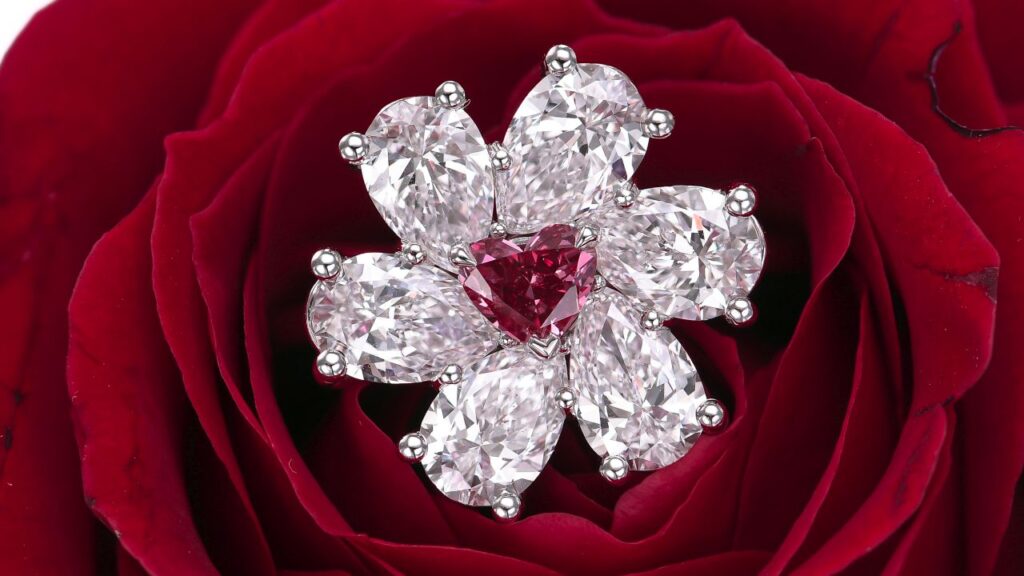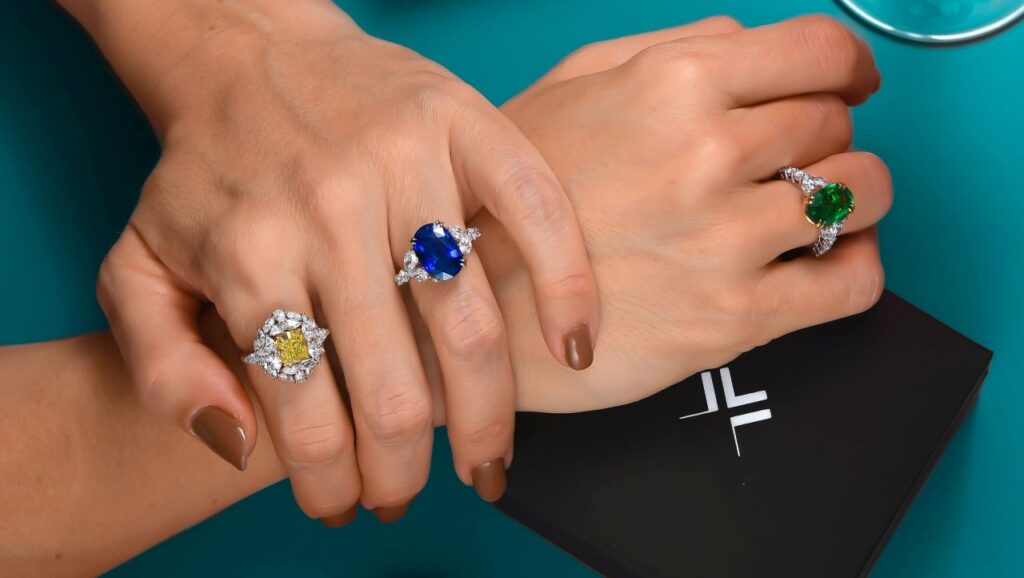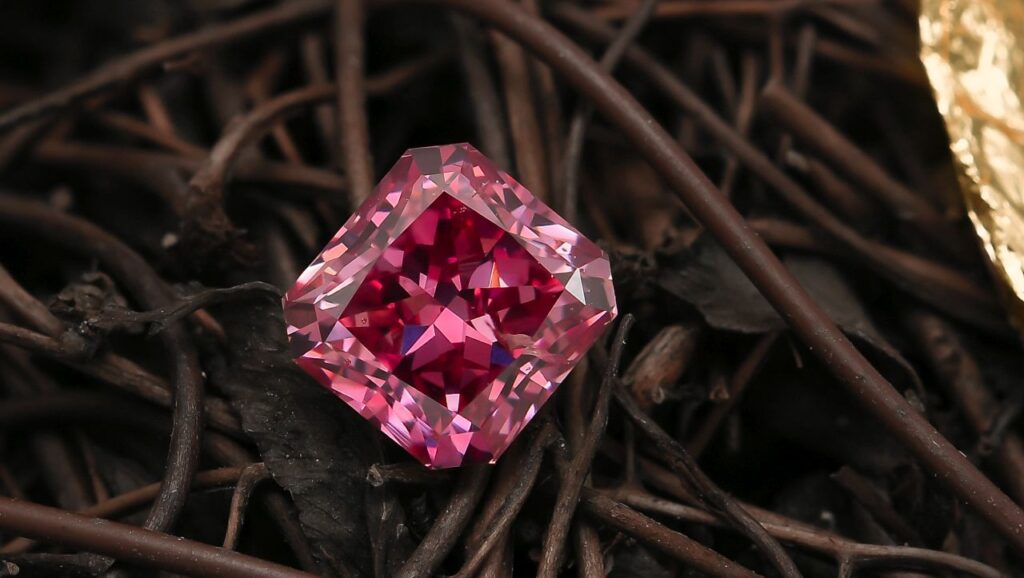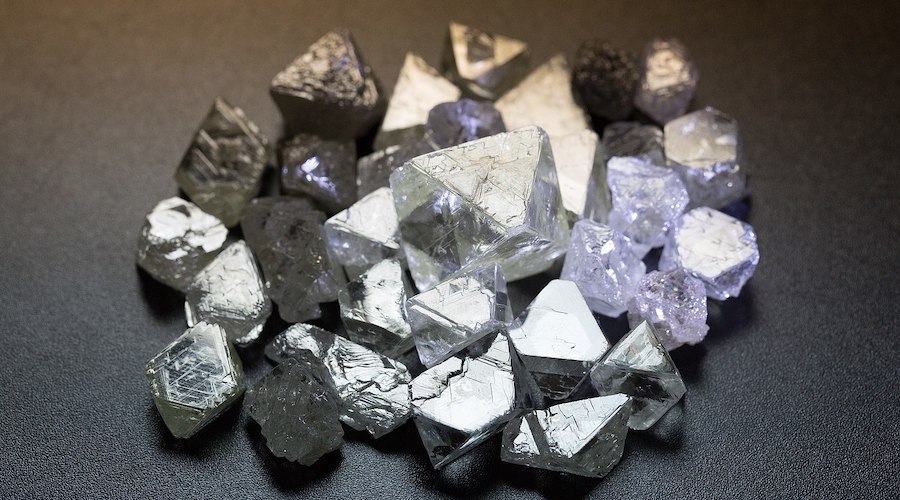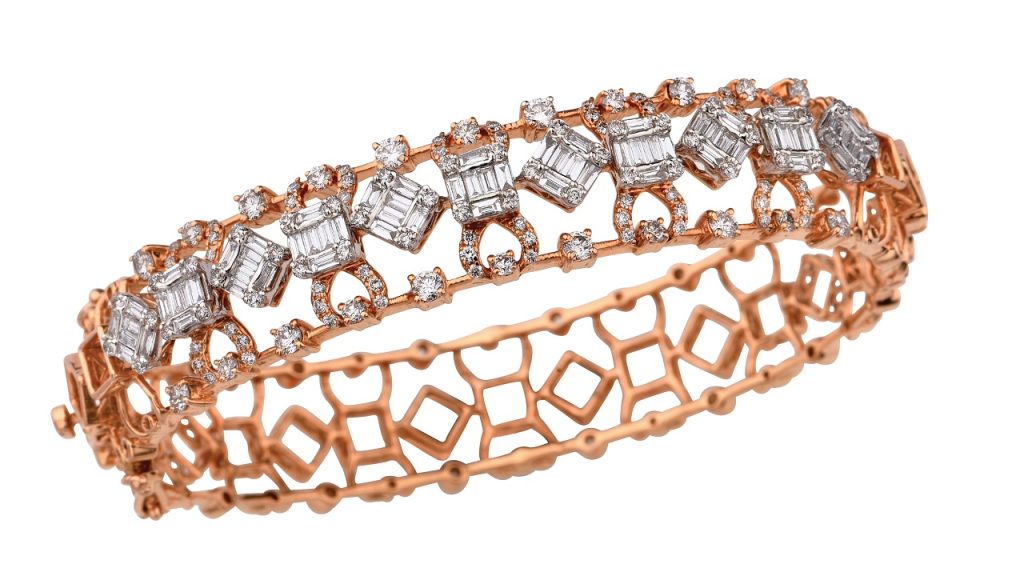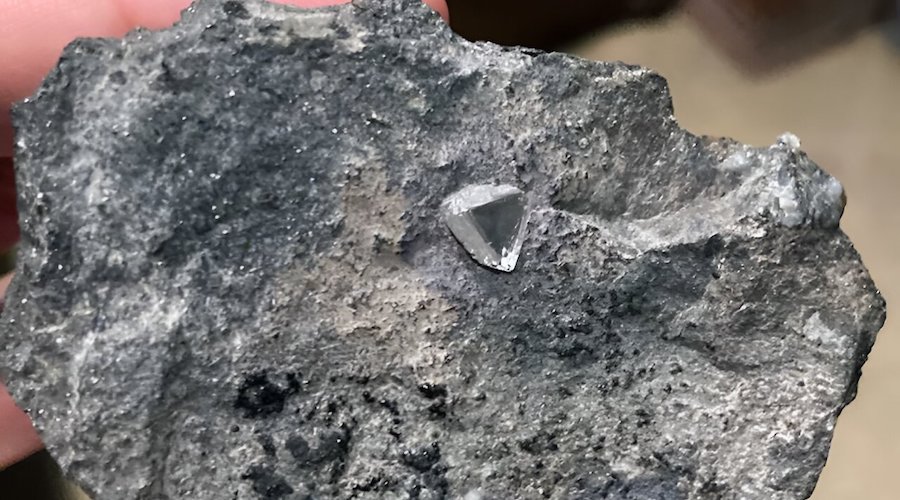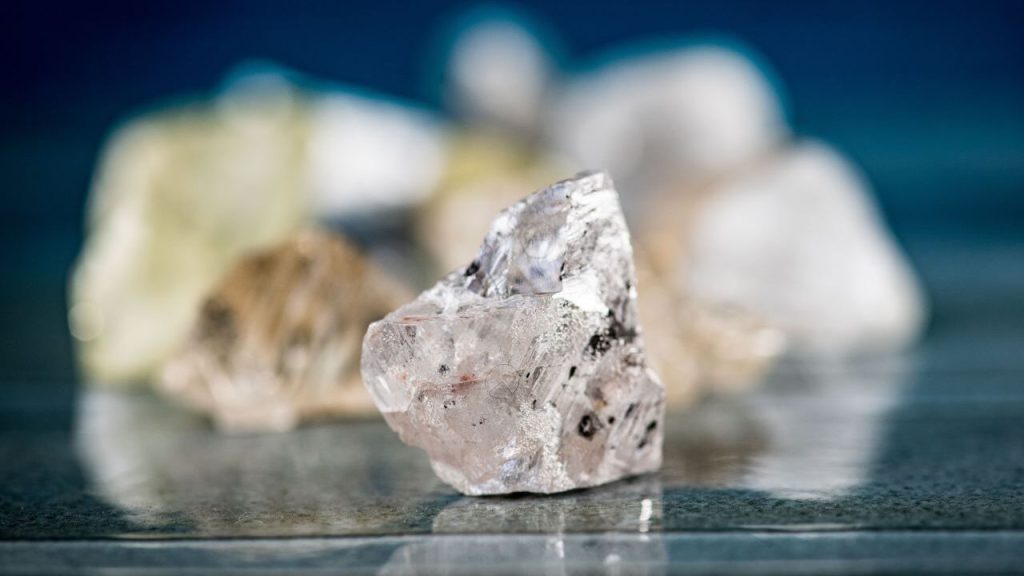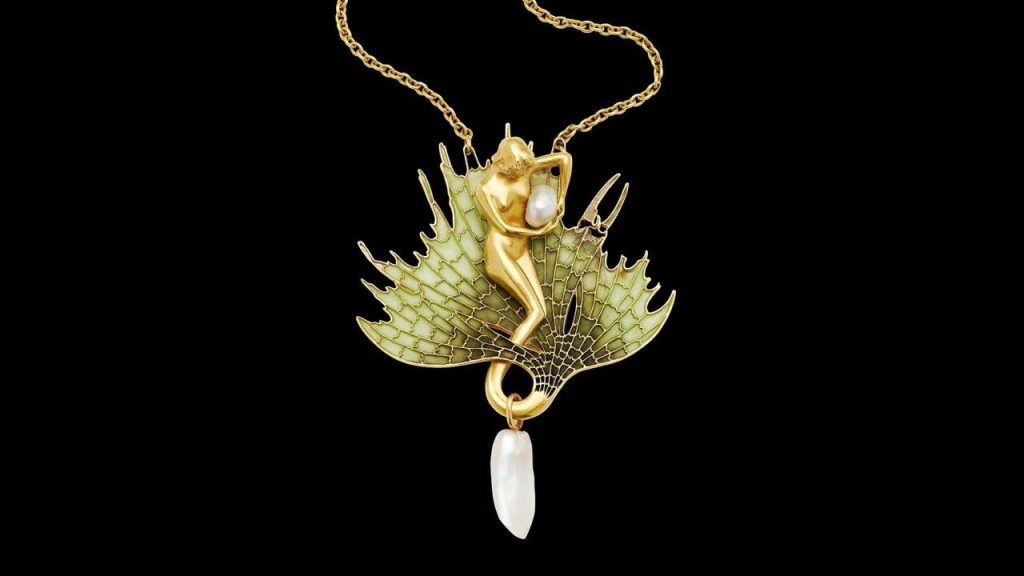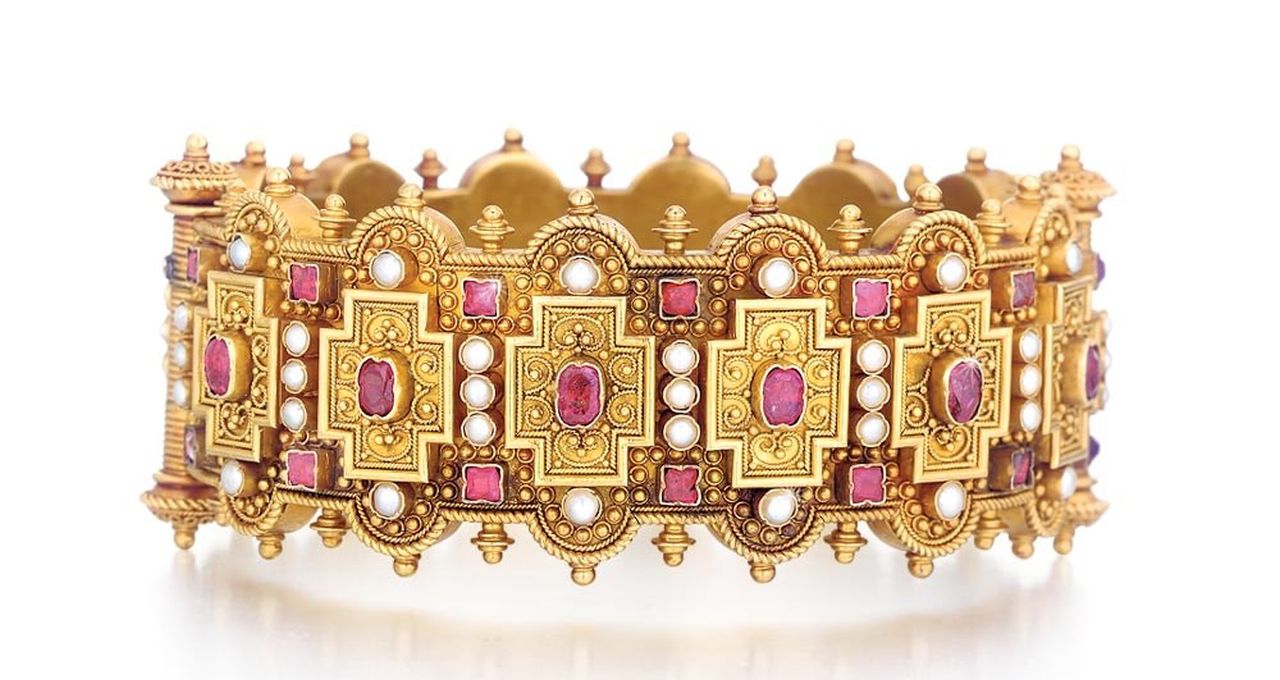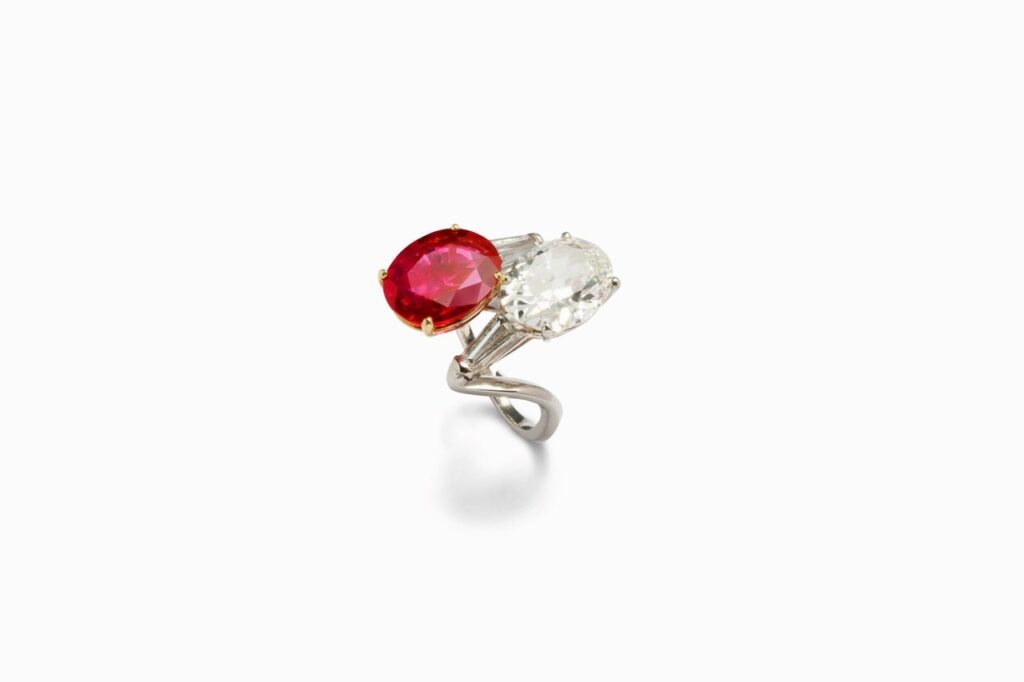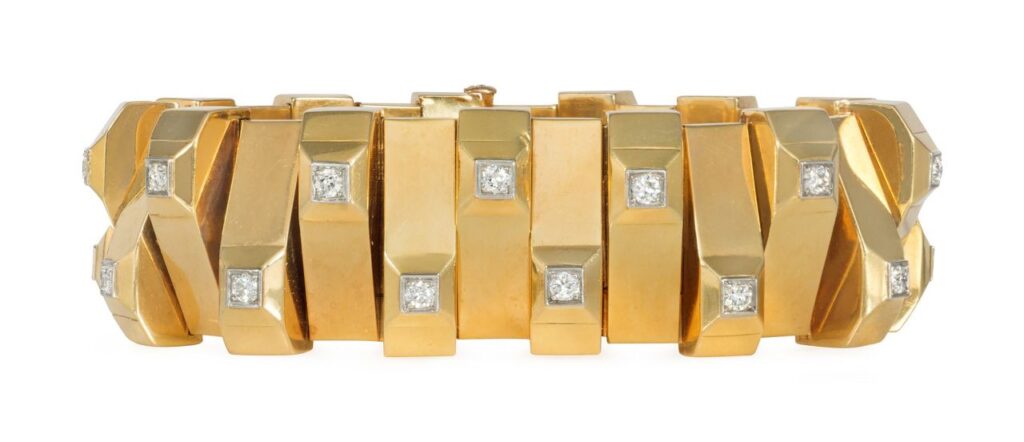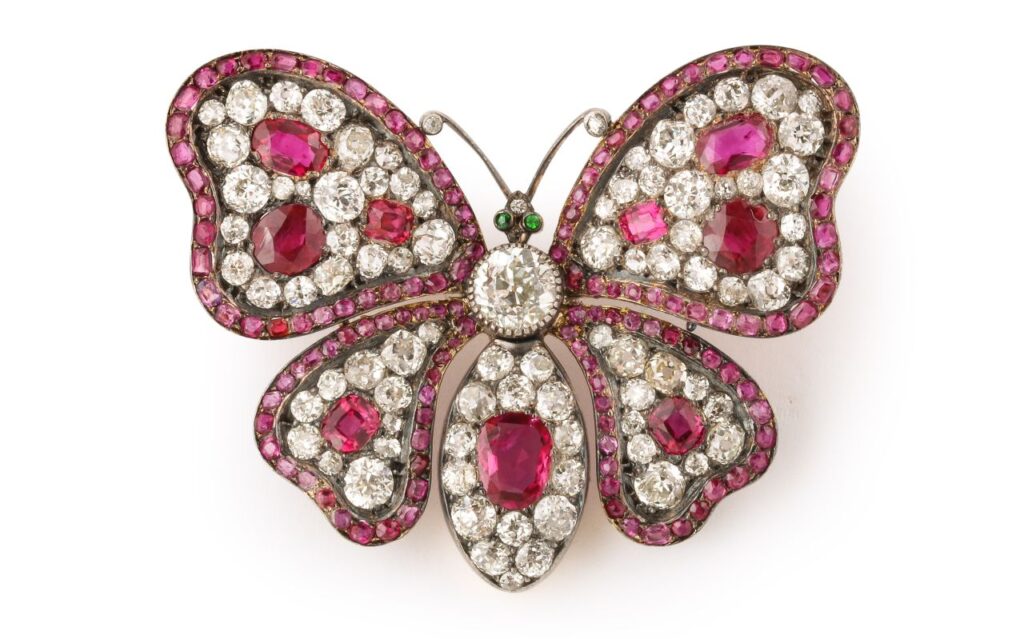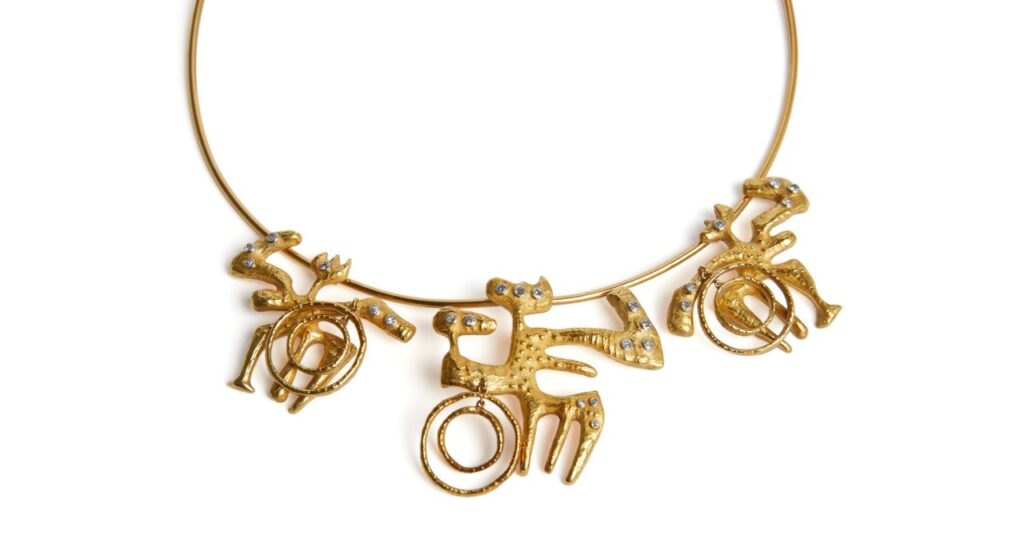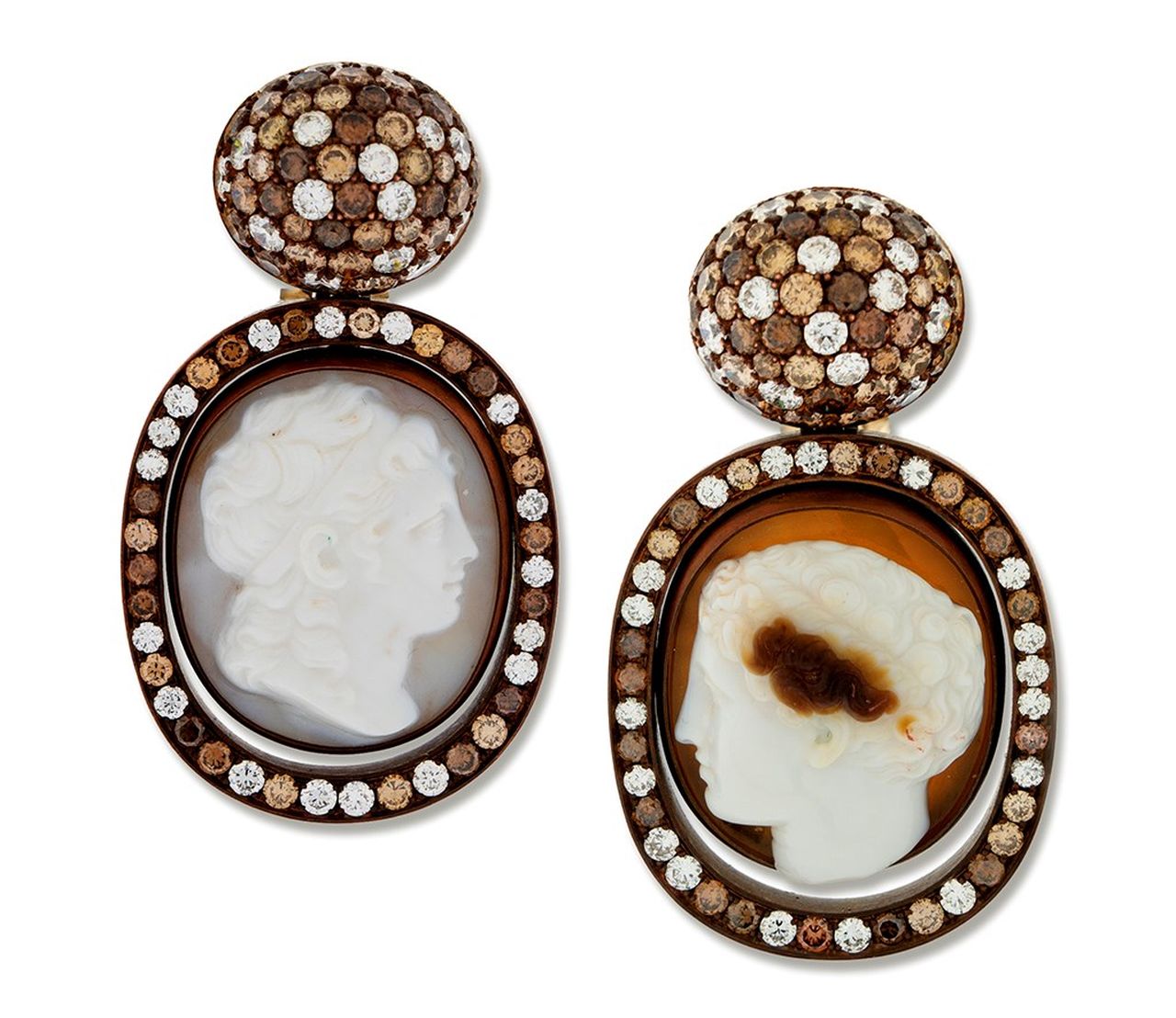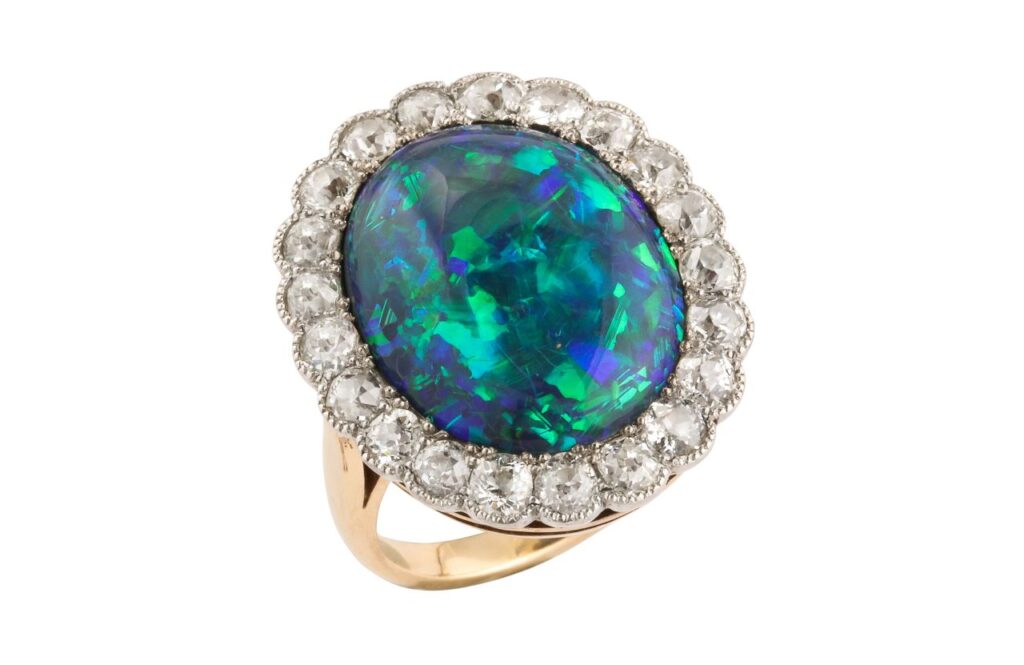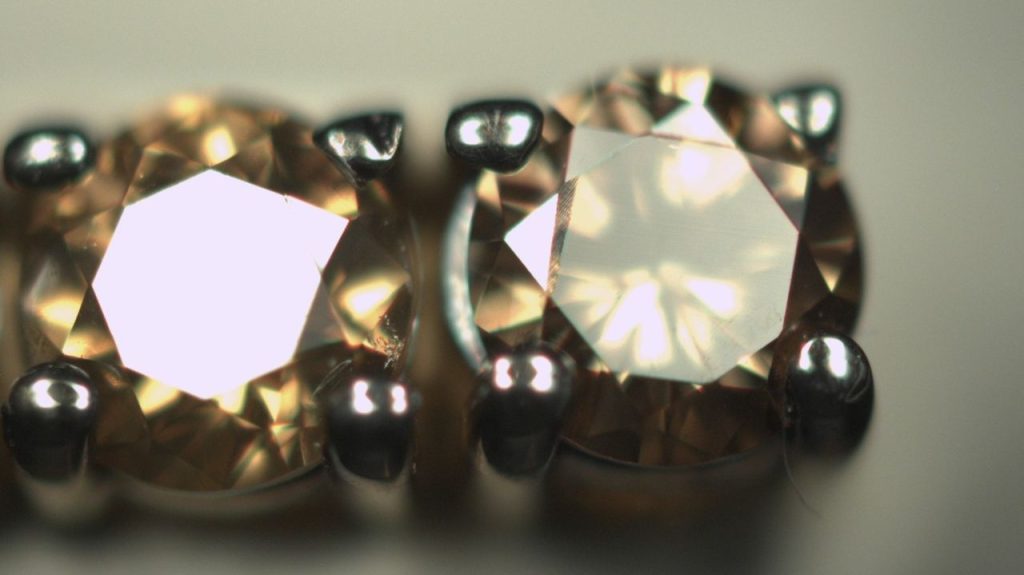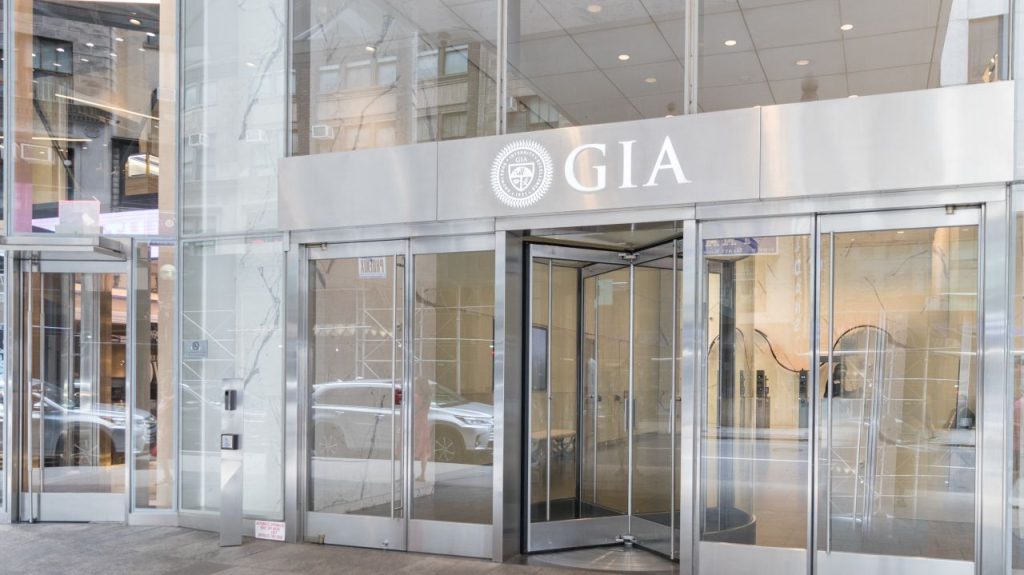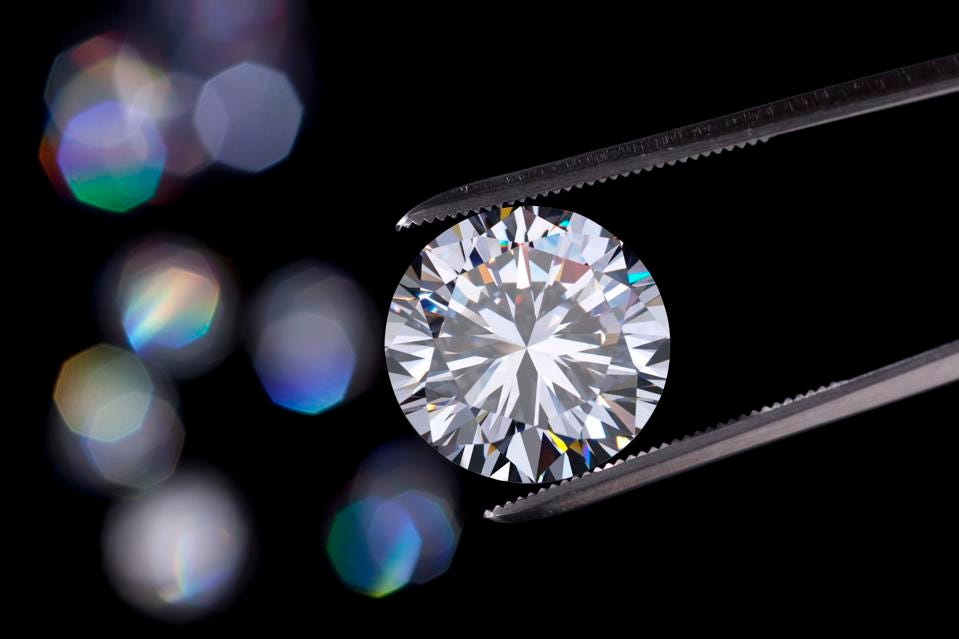
Human-made diamonds come with an appealing claim: Manufacturers say the stones are produced ethically using renewable energy. But many of the products do not meet that claim or their producers do not confirm the electricity sources they use. And, laboratory diamonds require a lot of electricity to produce.
In the United States, lab-grown diamond sales increased 16 percent in 2023 from 2022, says Edahn Golan, an industry expert. The stones cost much less than natural diamonds.
Bario Neal is a jewelry store in Philadelphia, Pennsylvania. It uses lab diamonds. All of the stones are either made with renewable energy or neutral use of energy through the carbon credit system. Credits pay for activities like planting trees, which capture carbon.
Social media posts show Millennials and Generation Zs proudly explaining the purchase of their lab-grown diamonds for sustainability and ethical reasons. But the sustainability of production is questionable. A high number of manufacturers are not transparent, or open, about their operations.
Many of the manufacturers are in India, where about 75 percent of electricity comes from burning coal. The companies use words like “sustainable” and “environmentally-friendly” on their websites. But they do not release reports on the environmental effects of their operations.
Cupid Diamonds, for example, says on its website that it produces diamonds in “an environmentally friendly manner.” But it did not answer questions about the sustainability of its operations.
Solar energy is quickly expanding in India and there are some companies, such as Greenlab Diamonds, that use renewables in their manufacturing processes.
China is the other major country producing laboratory diamonds. The largest makers did not return requests for comment. They also did not release details about their electricity source.
More than half of China’s electricity came from coal in 2023.
Paul Zimnisky is a diamond industry expert. He said few companies are honest about their supply chains and their use of renewable energy.
Zimnisky said a lot of companies claim to make an “environmentally-friendly product when they aren’t really doing anything that’s environmentally friendly.”
How it is made
Lab diamonds have been in production around seventy years. Producers treat carbon to high pressure and high temperature. The idea is to copy the natural conditions that form diamonds underground. But, nature spends at least one billion years to make a diamond. Lab diamonds are complete in a few weeks.
In the past, the stones were used mostly in industries like stone cutting, mining and dentistry tools.
Over time the laboratories, or foundries, have gotten better at making stones. Production costs have dropped as technology improves.
Companies now can manufacture as many stones as they want and choose their size and quality.
Diamonds, whether lab-grown or natural, are chemically identical and entirely made out of carbon. Experts can identify between the two using lasers to examine their atomic structures.
Marketing battle
The lab diamond is competing in the same market as natural stones. Worldwide, lab-grown diamonds are now 5 to 6 percent of that market. And, the public battle for customers has begun.
The natural diamond industry and some experts argue that lab-grown diamonds will not hold value over time.
Zimnisky predicts that natural diamonds will continue to sell in the thousands and tens of thousands of dollars for engagement rings.
And the human-made stone?
“Five to ten years into the future, I think there’s going to be very few customers that are willing to spend thousands of dollars for a lab diamond,” he said.
Page Neal said she co-founded Bario Neal in 2008 to “create jewelry of lasting value that would have a positive impact on people and the planet.”
She added: “We want to only work with materials that we feel like our clients would be proud to own.”
I’m Dan Novak.
Dan Novak adapted this story for VOA Learning English based on reporting by The Associated Press.


